Useful Yalta onion, which is cultivated in several villages of the South Coast, many gardeners resting in the summer in Crimea, subdued by its color and the complete absence of bitterness. Some try to grow an unusual southern vegetable in the midland of Russia. However, it remains impossible to repeat specific sweet taste in other agroclimatic zones.
Material Content:
Grade description
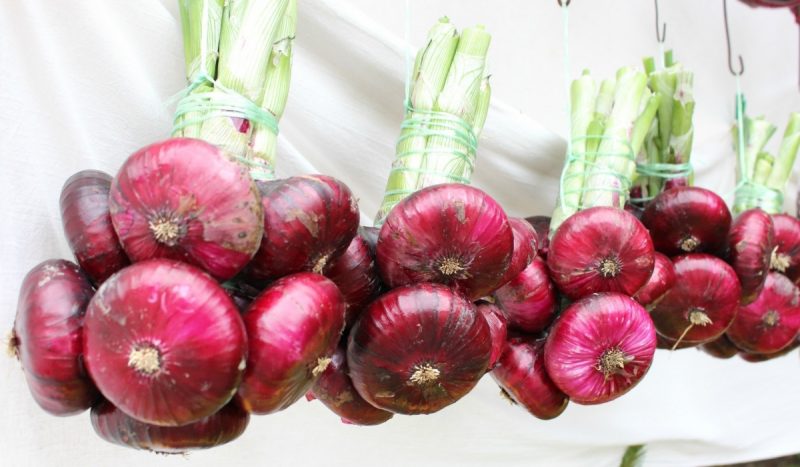
Bulbs of the variety, painted in purple, are flattened fruits, consisting of thick, juicy layers. Due to the lack of bitterness, the Yalta variety is considered to be salad and is used fresh. During heat treatment, the vegetable loses almost all its useful qualities. The growing season for which the onion matures is about 150 days.
How to distinguish Crimean onions from other varieties
In natural markets, buyers may come across unscrupulous sellers who soak a regular white onion in ink in order to pass it off as a famous salad variety.
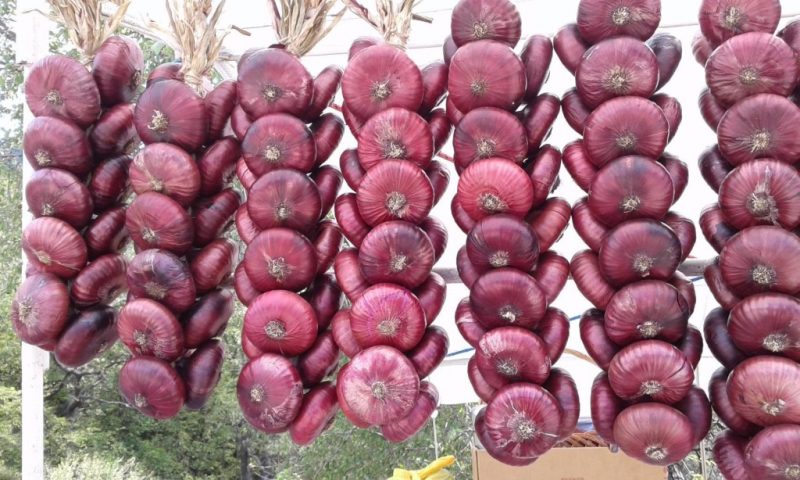
There are a number of parameters that help to recognize the Yalta variety among other representatives of onions:
- Shape and color - turnip varieties are distinguished by a flat shape and purple color.
- Taste - the fruits of this Yalta onion grown in the conditions of the Southern coast of Crimea are characterized by a sweet taste without the slightest bitterness.
- Structure - on the cut you can see the fleshy layers of white with a light purple tone.
- Smell - there is no pungent odor in the variety, which makes it harmless to the mucous membrane of the eyes.
- Number of flakes - the fruits of the variety have no more than 7 flakes tightly adjacent to each other.
Self-growing seedlings
Before growing Yalta onions in open ground, it is necessary to drive out seedlings.
Seeding time

In the southern regions, sowing of seeds can be done in greenhouses or small greenhouses. For the northern regions, it is recommended to carry out manipulations indoors or in winter, heated greenhouses. The optimal time is at the end of winter or beginning of spring.
Seedling growing technology
In the process of distillation of seedlings of Yalta onions:
- Boxes for seedlings are prepared, which are disinfected and filled with nutrient substrate from sheet and humus earth in identical parts with the addition of a small amount of superphosphate or azofoska.
- Seeds are disinfected by soaking in a pink solution of potassium permanganate.
- Then the seed is dried.
- Grooves with a depth of 1 cm with a distance of 5 cm are prepared in the substrate.
- Seeds are laid out with an interval of 1 cm and slightly crushed by the soil.
- The substrate is moistened with a spray gun.
- The container is covered with glass and sent to a bright and warm room with a temperature of 25 ° C.
- After emergence, the glass is removed and the temperature drops to 15 ° C during the day and 10 ° C at night.
- During the growing of seedlings, crops are fed twice with liquid complex fertilizers, and also hardened.
How and when to plant onions in open ground
Strong and well-grown seedlings of the plant, which have three feathers and a stem of 5 mm, should be transferred to garden beds in the second half of April, taking into account a number of cultural features.
Site selection and soil preparation
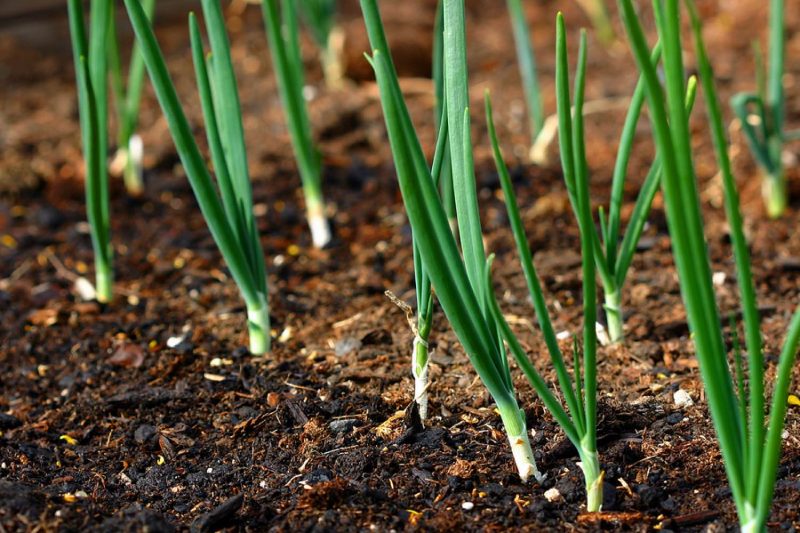
The sunny section of the garden, selected for sowing onions, is prepared in advance by digging with the introduction of humus and subsequent harrowing to create the necessary supply of moisture.
Landing technique
Planting seedlings is carried out according to the following scheme:
- Shallow holes with a distance of 15 cm and a row-spacing of 30 cm are made on the site, which allows the bulbs to develop further in width, and the gardener to get a high yield.
- Seedlings, together with an earthen lump, carefully move from the container to the prepared holes.
- Seedlings are slightly buried and sprinkled with earth.
- The beds are slightly compacted and moistened.
Yalta onion care
In order to grow Yalta onions and get a high yield, it is necessary to competently take care of the plantings.
Watering
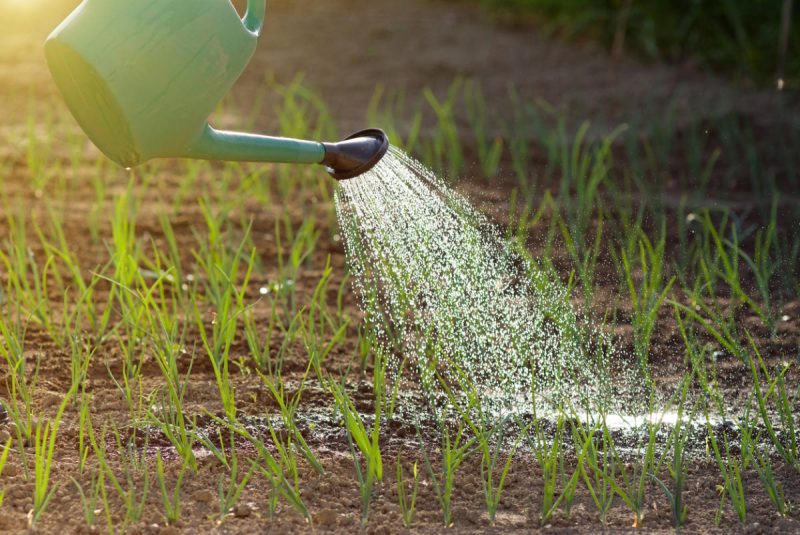
The key to the sweetness and juiciness of the fruit is regular and plentiful watering, the absence of which can lead to the collection of spicy onions only outwardly similar to Yalta even in Crimea. If the gardener intends to store the harvest for a long time, then watering should be stopped 20 days before the time of harvesting.
Advice! To prevent the development of fungal diseases, instead of sprinkling, drip irrigation or moistening along the furrows should be used.
Weeding and loosening of beds

Weed vegetation prevents the onions from developing normally and forming large fruits, and also creates an extra shadow, which also negatively affects the formation of a quality crop. To increase productivity, it is recommended to systematically release the beds from weeds and at the same time loosen the soil, providing good breathability.
Fertilizer and fertilizer
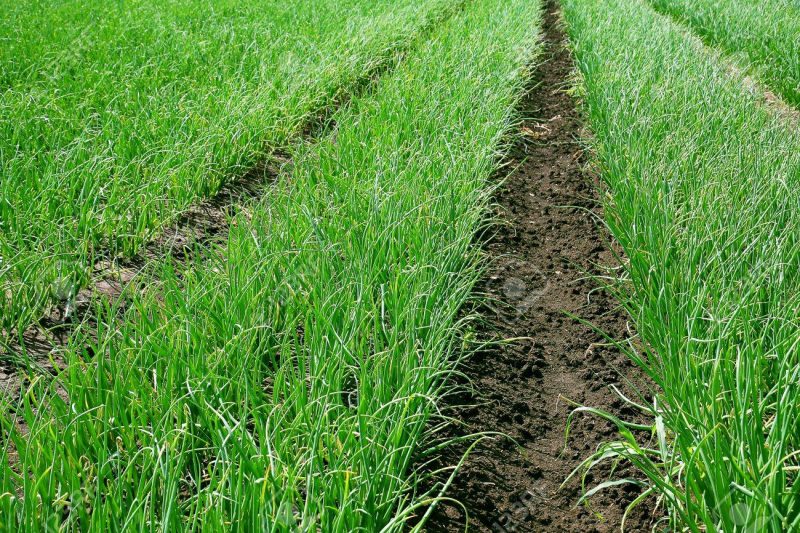
For the formation of high yields, the Yalta variety needs systematic top dressing, which will prevent the removal of nutrients from the soil and provide the fruits with the necessary nutrition. It is recommended to feed plantings three times a month with the use of organic and mineral fertilizers. At the initial stages of development, it is worth adding organic matter in the form of a solution of chicken droppings prepared from fertilizer and water in a proportion of 1:10.In the presence of mullein, it can be used in a ratio of 1: 5 with water. After the beginning of the intensive growth of bulbs, it is recommended to fertilize the beds with phosphorus-potassium fertilizers in liquid form.
Protection against diseases and pests

Yalta onion is distinguished by excellent immunity. However, under adverse weather conditions, when natural precipitation exceeds long-term average norms, manifestations of fungal diseases such as peronosporosis and gray rot are noted on the plantings. In order to preserve the harvest, it is recommended to dry the onions with systemic fungicides according to the manufacturer’s instructions on the packaging. Among the pests on the red onion can be observed damage to the onion fly, which is most effectively controlled with an insecticide.
Important! Keep in mind the period of toxicity of pesticides and do not process them using them later than 20 days before harvesting.
Harvesting and storage
Red onion is characterized by rather late ripening, which occur in late summer or early fall. When the shoots die on 80% of the plants, you should start harvesting without waiting for rainfall, which will lead to decay of turnips in the soil. The fruits are dug up and laid out along the beds, where they are dried for about 2-3 days. Long shoots are stored and used for weaving braids, in which turnips are stored in a dry room with a temperature regime of 10-15 ° C for 4 months.
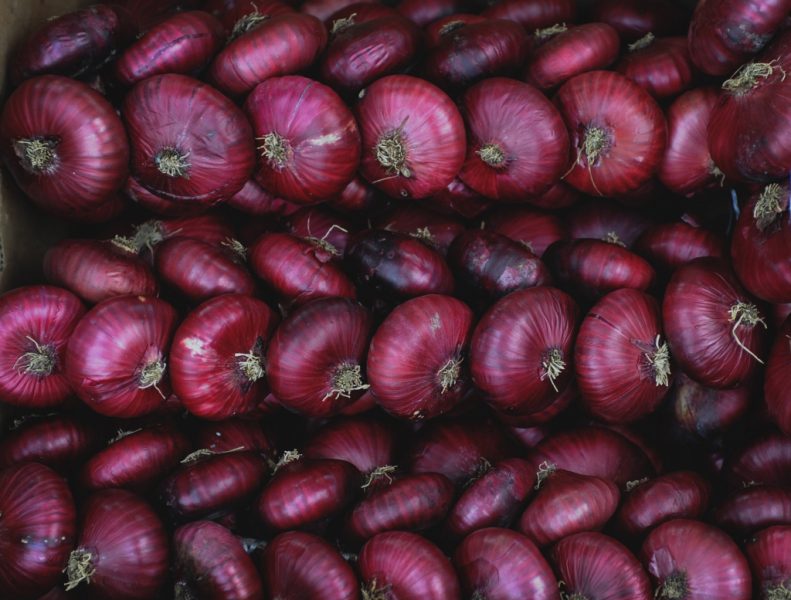
Yalta onion to grow in the middle zone is not difficult. However, due to the variety’s demand for soil composition, the fruits retain their specific sweetness only in certain areas of the South Coast, on the slopes of the mountains, completely covered by the sun, and in other areas they are just red onions.












